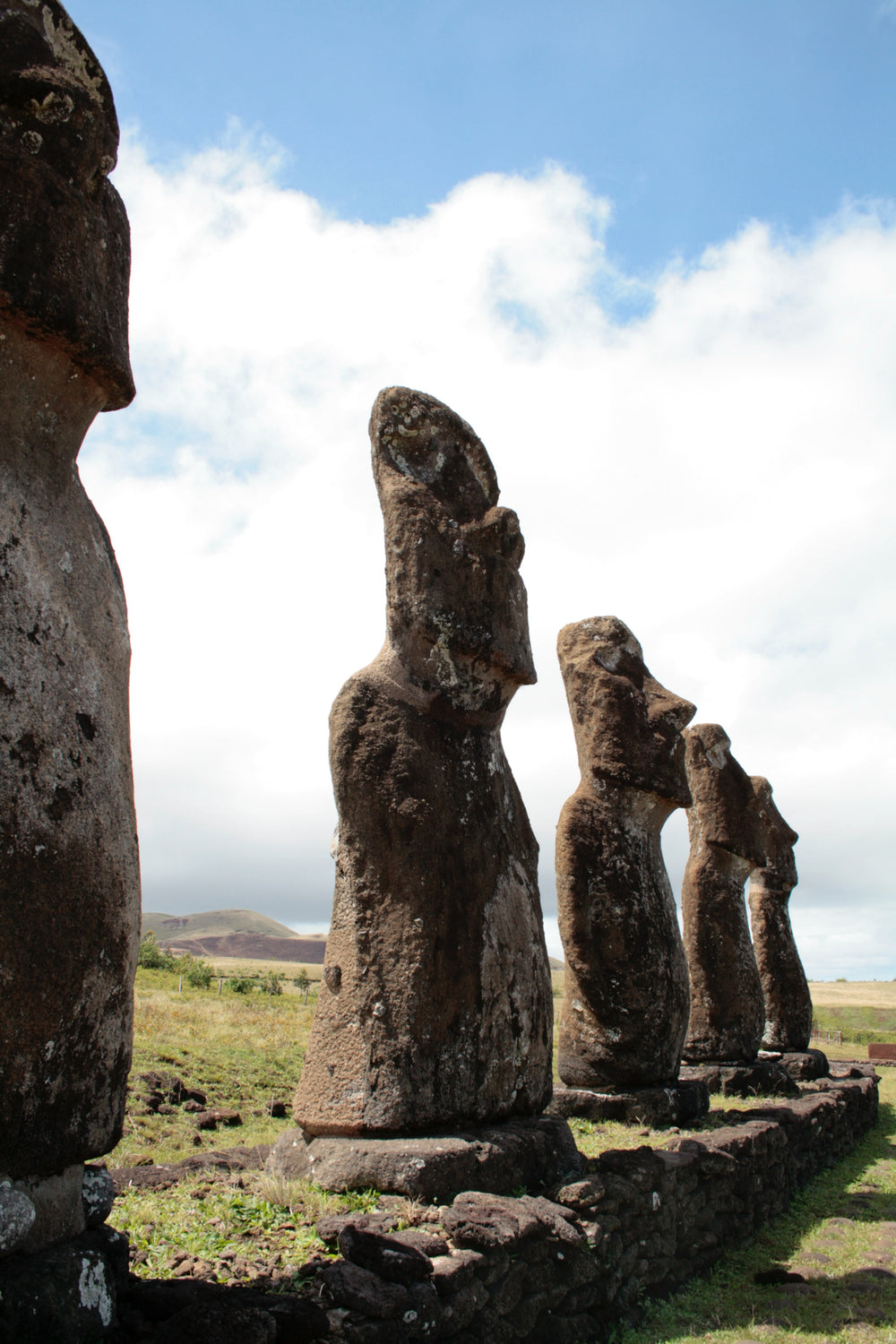2-3 Week Standard Processing TimeThanks for shopping small Little Leaves!!
Free shippingon all orders over $150 in the USA
$9 Flat Rate Shippingfor customers in the U.S.
-
Shop
-
College Boxes
-
Explore By Theme
-
About Us

Monthly Email List!
Sign up to receive notice of our themed monthly product drops!
We don't spam, only 1-2 emails a month to let you know about this month's product drop!
(Drops are once a month, always on a Thursday at 11:59pm EST)
Several Circles Pin - Kandinsky












